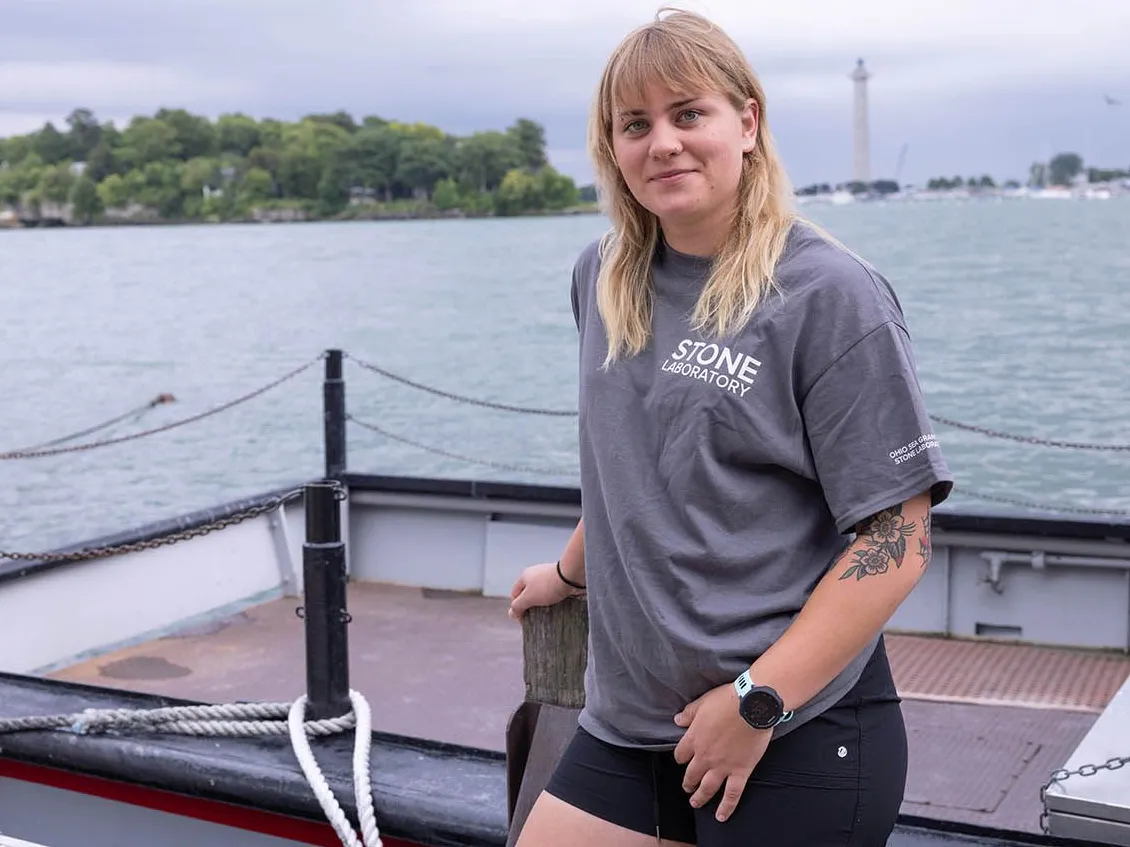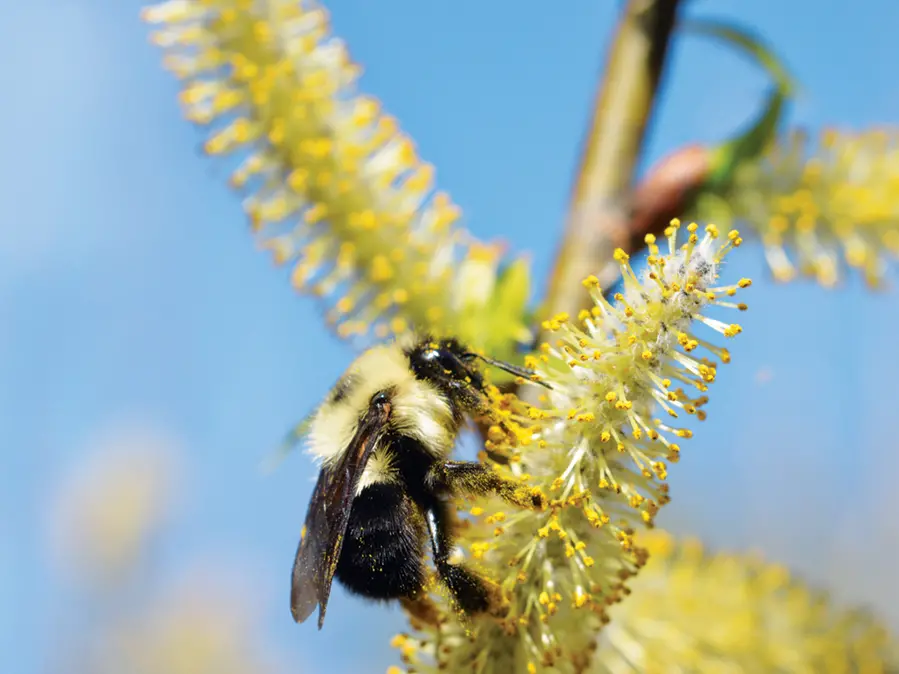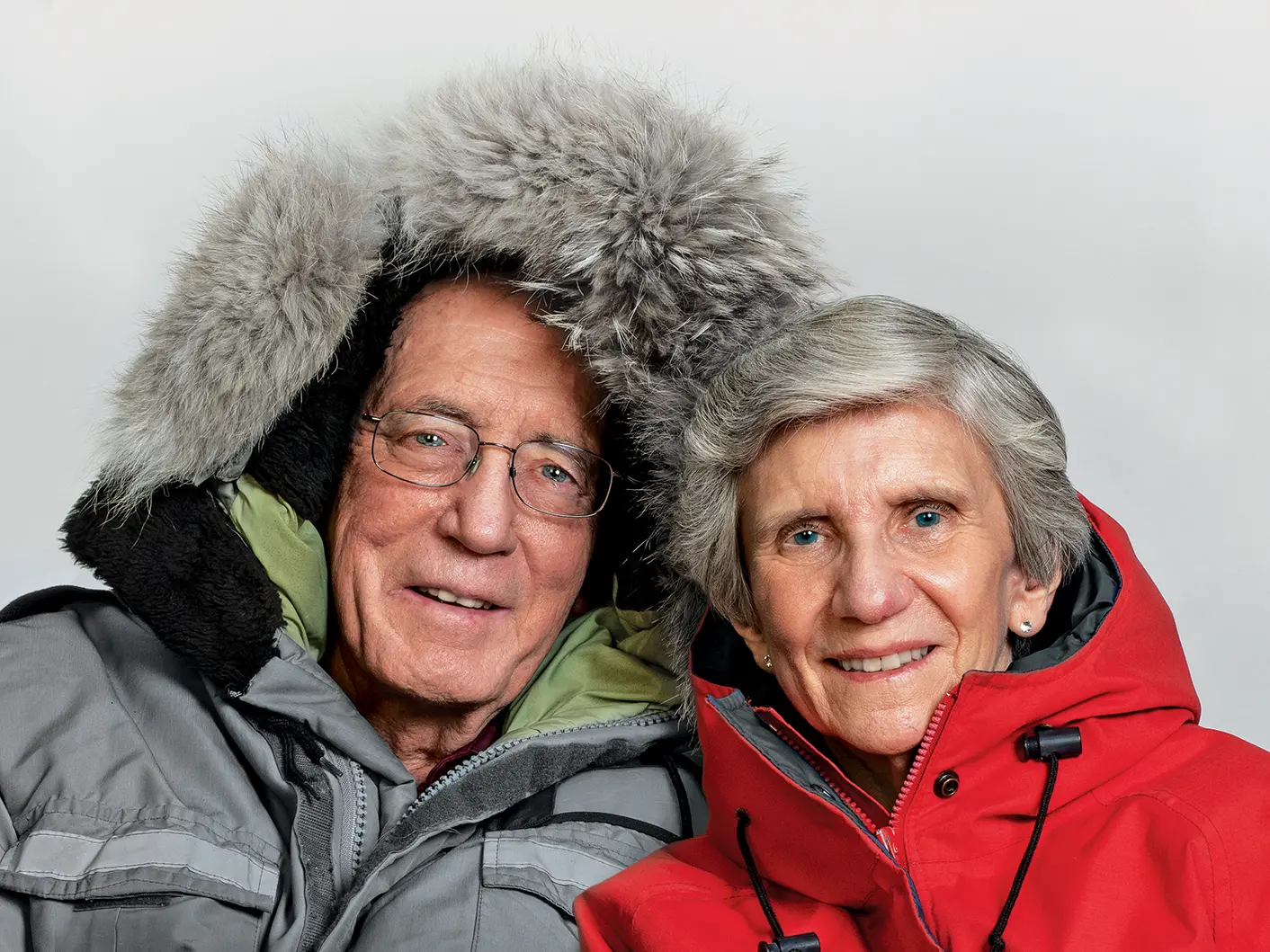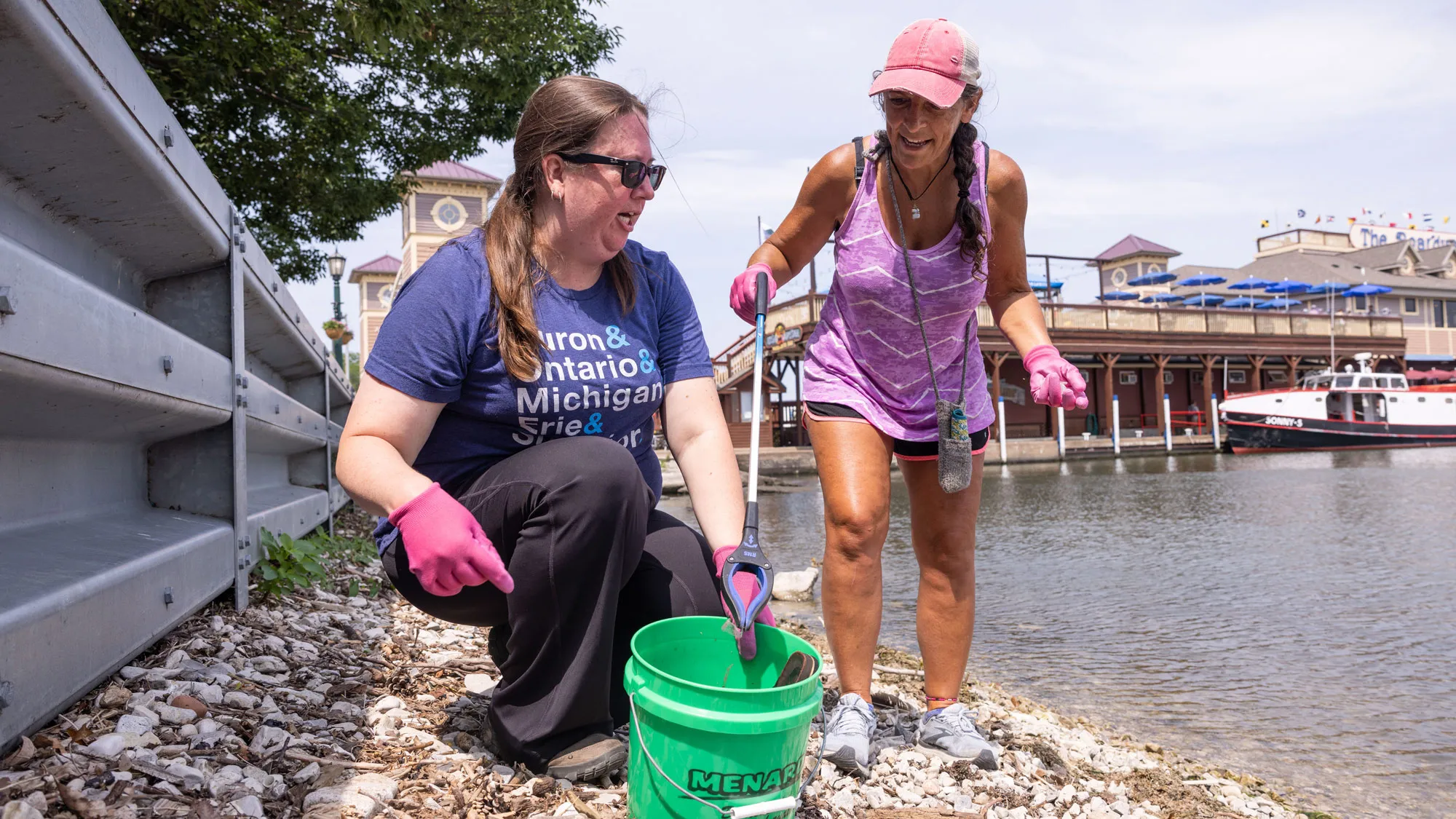
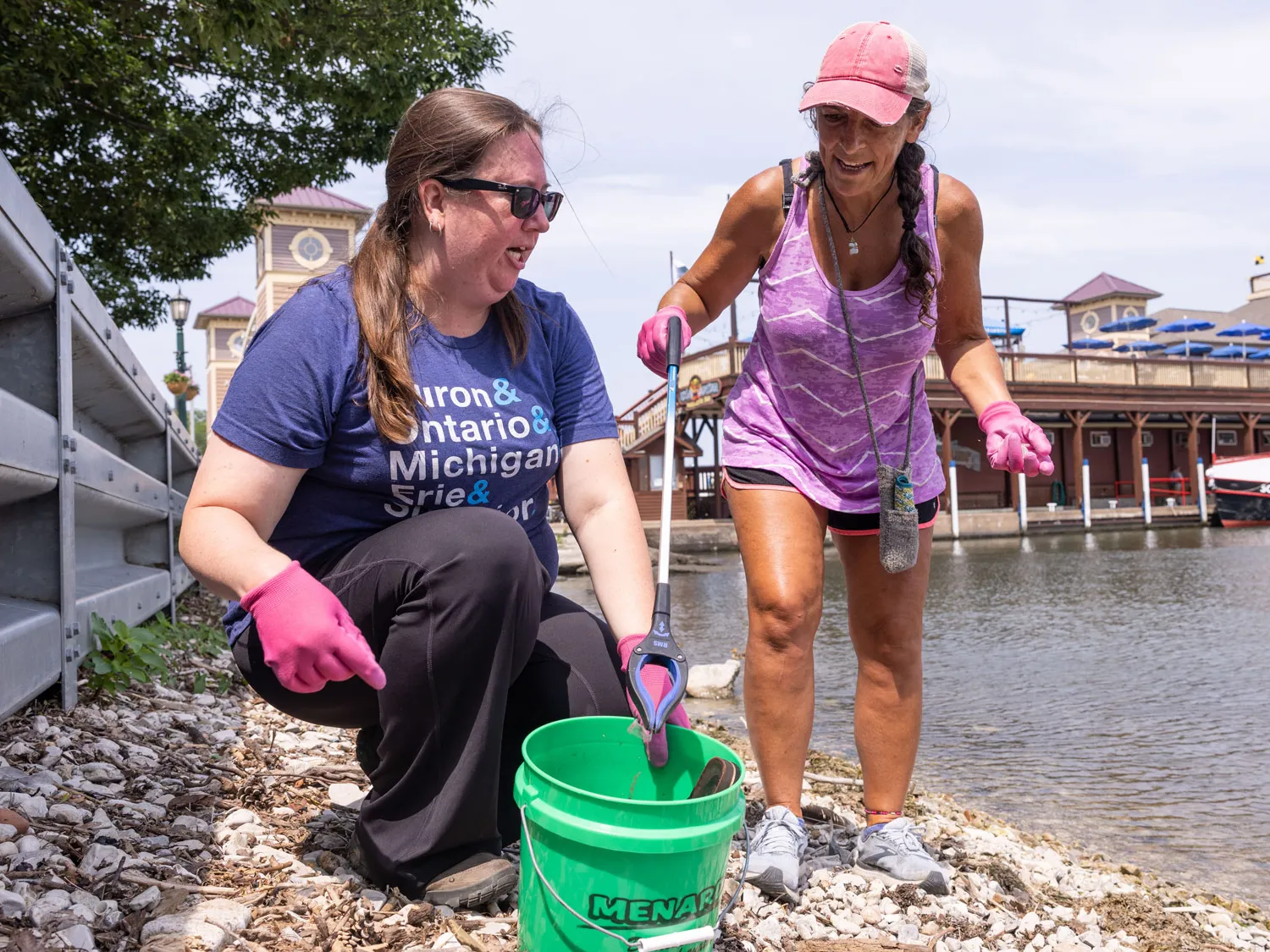
Stone Lab educators working to clean up Lake Erie
Their three-year program asked everyone on South Bass Island, tourists and residents alike, to unite for the environment.
Jill Bartolotta grew up on Lake Erie. Over the years, she noticed something disturbing: It got messy. Plastic bottles and cigarette butts littering shorelines. Trash piling up and spilling into the lake.
So Bartolotta dedicated her career to doing something about it. As an Extension Service educator for Ohio State’s Stone Laboratory and Ohio Sea Grant (both part of the College of Food, Agricultural, and Environmental Sciences), she promotes sustainable practices around Lake Erie. Through a three-year program and National Oceanic and Atmospheric Administration grant, Bartolotta and Stone Lab educator Susan Bixler explored ways to encourage residents and tourists (about 800,000 per summer season) to do what’s right for South Bass Island, home to Put-in-Bay.
“There was a major issue here with plastics,” Bartolotta says. “But we had incredible support and it was very effective. Of all the projects I’ve done, by far I’ve been happiest with this one.”
Because the project was so successful and since the grant ended, Bartolotta has helped numerous other Sea Grant agencies start their own programs, and these South Bass efforts live on.
Beach cleanups
Ohio State Extension educators, students and faculty and Put-in-Bay residents, high school students and teachers, and restaurant staff work together on shoreline cleanups. Volunteers have restored more than 60 acres of land, removing 600 pounds of trash. The project dramatically raised awareness of marine debris.
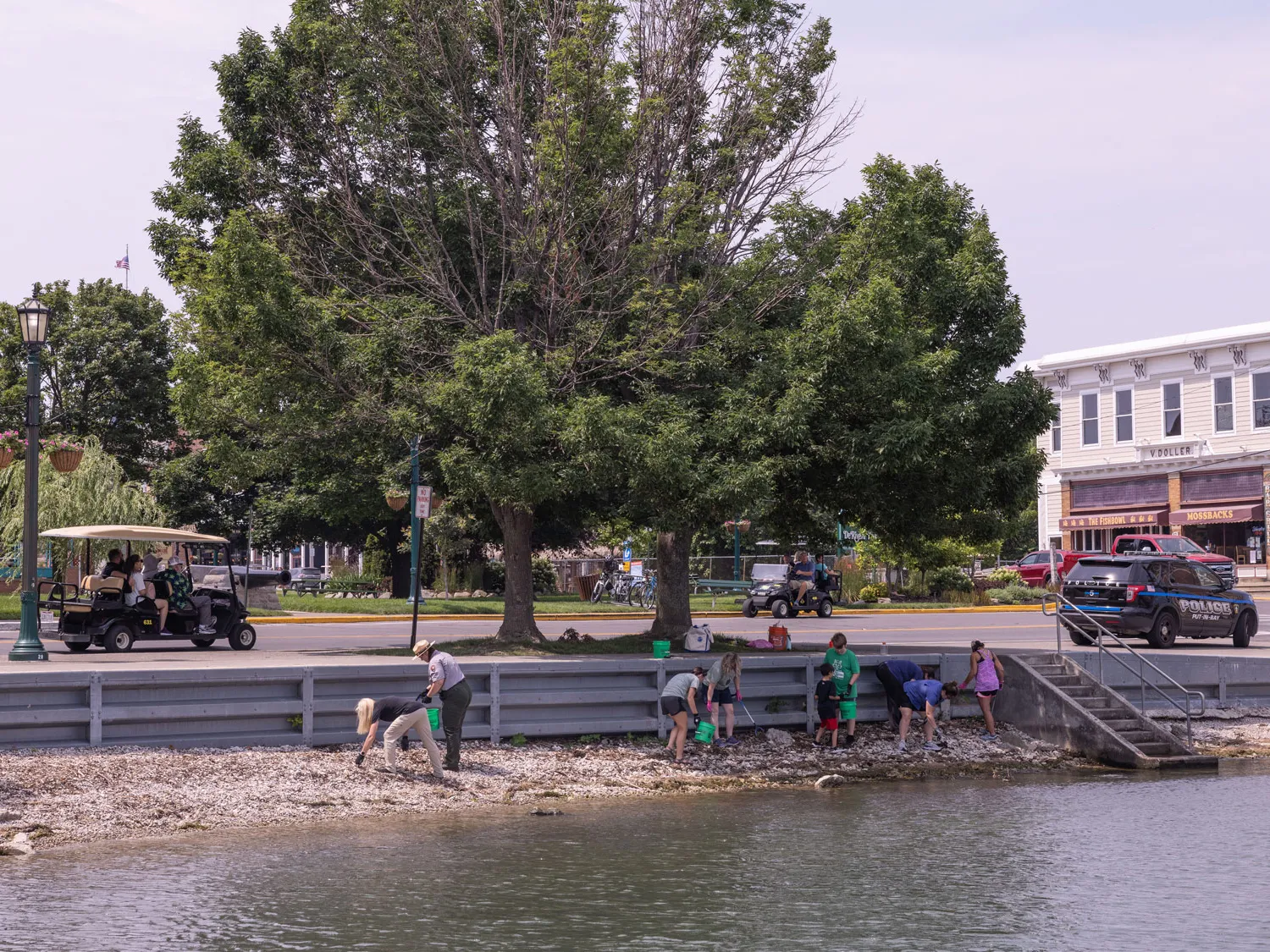
Trash totes
The team developed “Trash Tote” bags that were given to education partners around the Great Lakes and throughout Ohio to educate people about marine debris. The large totes feature cleanup kits, examples of plastics and reusable alternatives, and cards that illustrate the impact of pollution and ask people to help.
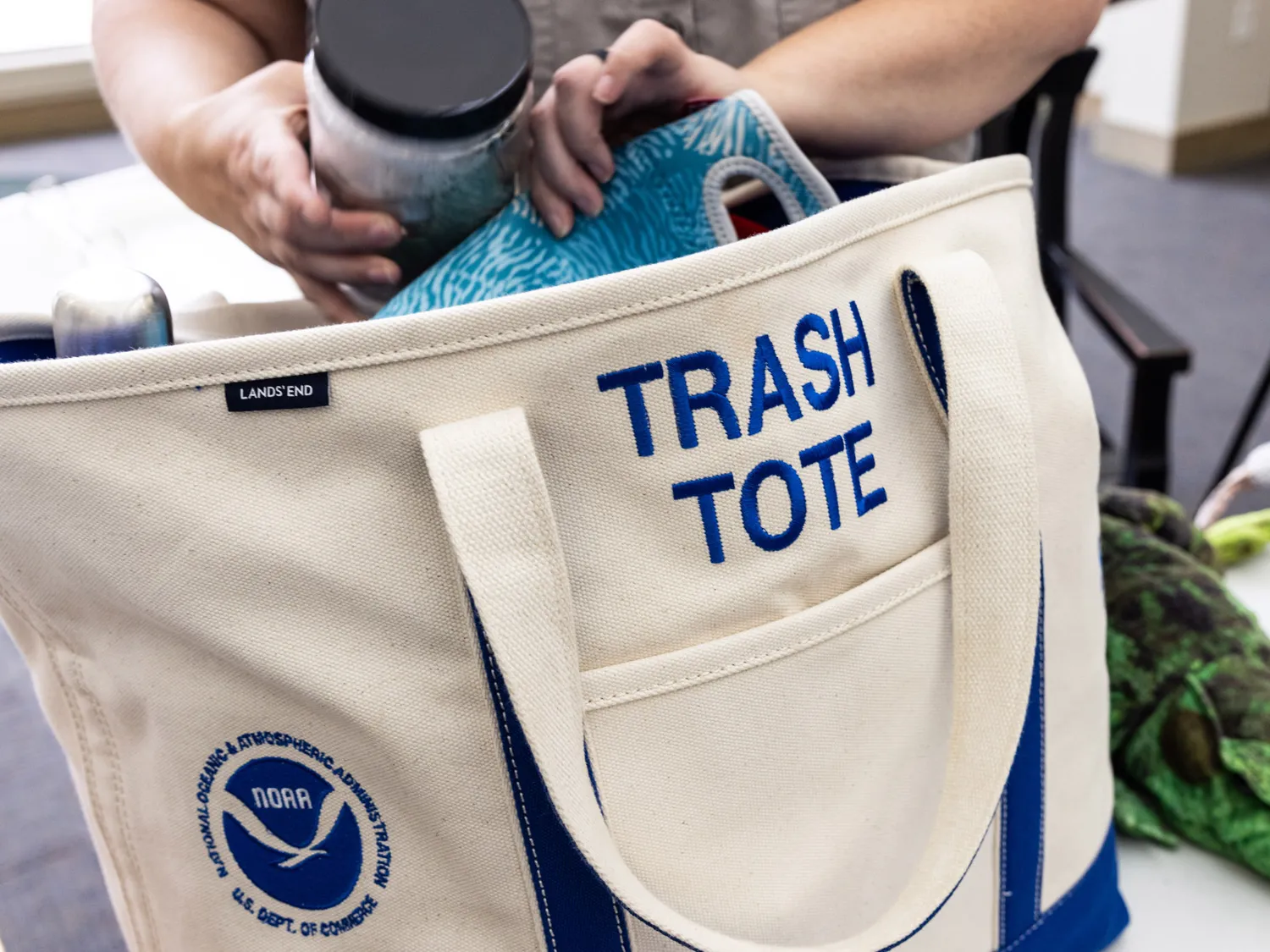
Skip the straw
A major part of the effort includes working with island restaurants to cut down on single-use plastic. The prime item? Plastic straws. Not only did restaurants cut plastic use by more than 90%, switching to paper and biodegradable items, but they shared sustainability practices with receptive patrons.

Messaging and signage
Visitors are encouraged to keep the island clean. The Jet Express ferry plays a message about marine debris, and Miller Ferry docks have cigarette receptacles with signs urging cleaner practices. Across South Bass Island, there are similar receptacles and messaging, including at the ODNR Aquatic Visitors Center.
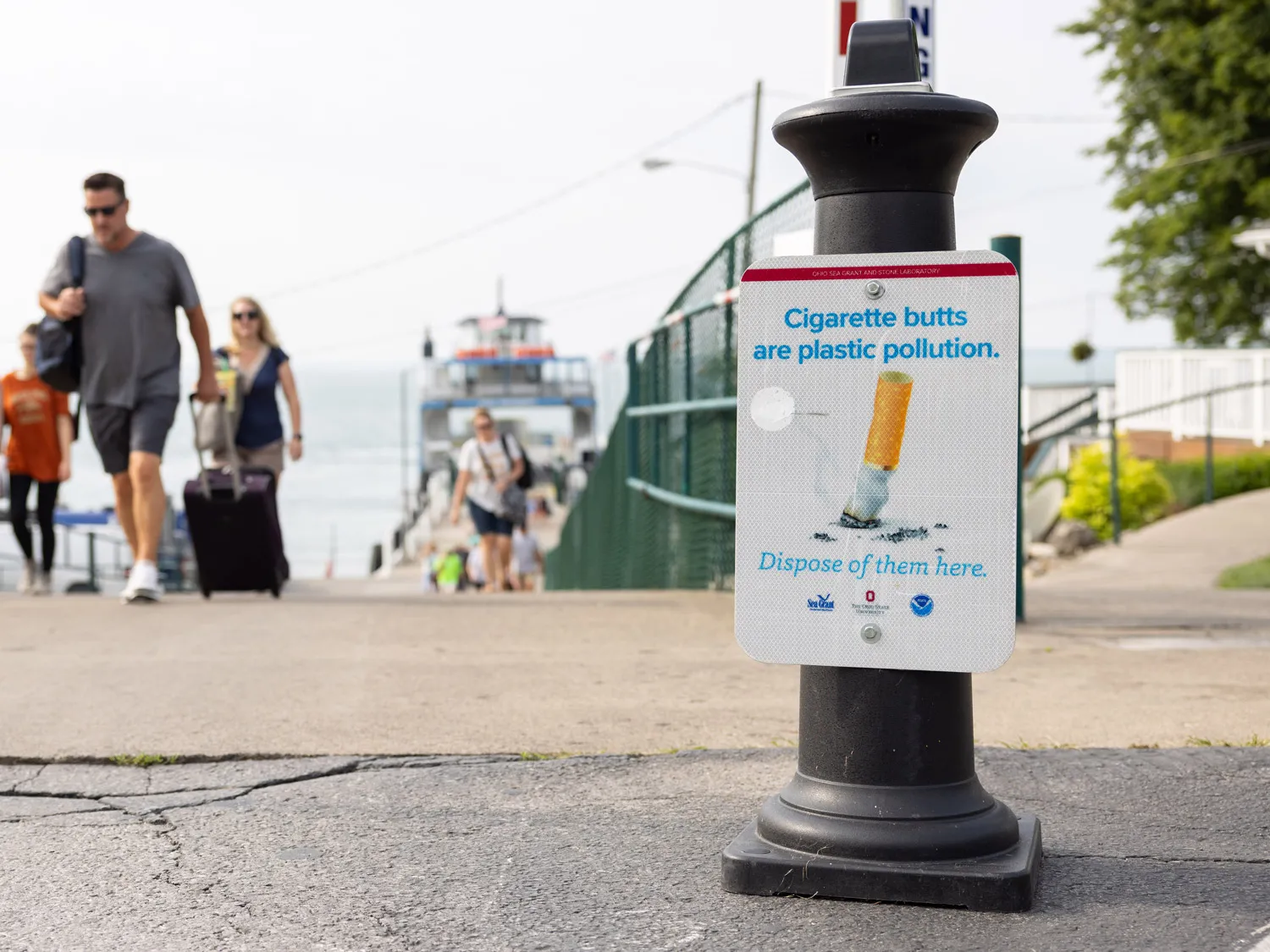
Equip a future scientist
Pursuing research and hands-on learning at Stone Lab can change a student’s trajectory and inspire a career in science. Many students need assistance with the necessities of life on our island campus — from water shoes to binoculars.

